The struggle medical professionals face every day while doing procedures like phlebotomy or venipuncture is bigger than one can imagine. If you are a medical professional, then you are probably aware of it too.
Phlebotomy or
venipuncture is one of the most basic steps in treatment but the amount of work a nurse has to do to find a good vein is just too much sometimes. Not all patients are an “easy stick” and if they have fear of needles on top of that, the scene just becomes unbearable for many.

Medical Vein finders are good devices to use in such situations. A vein finder saves time by locating even the most rarely visible veins within seconds. This device also increases the success rate of first attempt venipuncture.
There are different types of
vein finders in the market that use different technology to locate the veins residing inside a person’s body. An ultrasound vein finder is one of them. Today we will be discussing all the things you need to know about this type of vein finder before buying it and whether it is better than infrared vein finders.
What Is Ultrasound Vein Finder?
An
ultrasound vein finder is no different from a near-infrared vein finder. The only difference between these two devices is the technology used.
Ultrasound vein finders use soundwaves to locate and image the targeted veins. The technology used here is also known as Doppler. This technology works in two steps. First, the transducer in the machine sends a strong sound to our body. The reflection of the sound sent by the transducer is then detected by the machine to image and map the venous structure deeply residing inside the body.
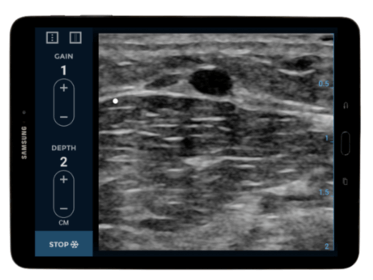
Ultrasound vein finders are extremely expensive. They are also not used in day to day procedures or in the emergency room. This kind of device is only used to work with veins that are at least 6mm deep in the skin. You can see these vein finders are used in procedures like peripherally inserted central catheters or PICC.
Each ultrasound vein finder device can cost up to $30,000. Nurses or medical professionals also require additional training to use these devices.
NIR vs. Ultrasound vs. Transillumination for Vein Access
There are basically
three types of vein viewer devices available in the market right now. We believe there will be more coming in the future, but as of right now, these three are considered the best options by medical professionals. These are;
1.
Near-infrared (NIR) vein finders2.
Ultrasound vein finders3.
Transillumination vein findersLet’s take a look at each of these devices, how they work and which one you should go for.
Near Infrared (NIR) Vein Finders
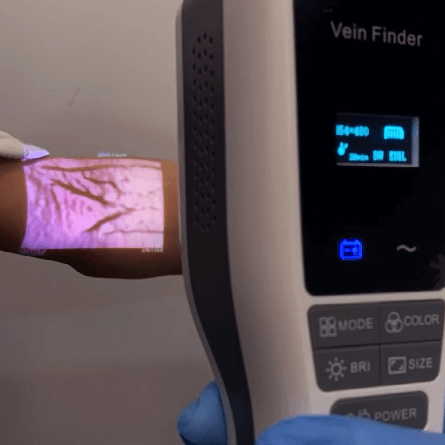
Most vein finders in the market use the
NIR technology. Here the near-infrared light penetrates the skin and maps out the veins, which then is shown as an image right on top of the skin.
This
Near-infrared Vein finder light is completely safe. It can be used around the eyes too. You can identify NIR vein finders by the color of the light it projects on the skin. Usually, the color is very bright and is red, orange, or green. Sometimes there are other colors available as well. Due to the color theory, not all colors work on every skin tone, so some inclusive brands provide a wide range of colors to make the process easier.
This device is very easy to use. Usually, it does not require additional training.
NIR vein finders are usually portable and can fit inside the pocket of a nurse’s apron. Lots of medical professional believe that NIR vein finders are a hassle since it is not hands-free and will need a second pair of hands to hold the device. Most good vein finders come with brackets to make the device hands-free. Some come with trollies as well.
The price range of NIR vein finders varies from one brand to another. But you will be able to find a great vein finder device within $5000 easily.
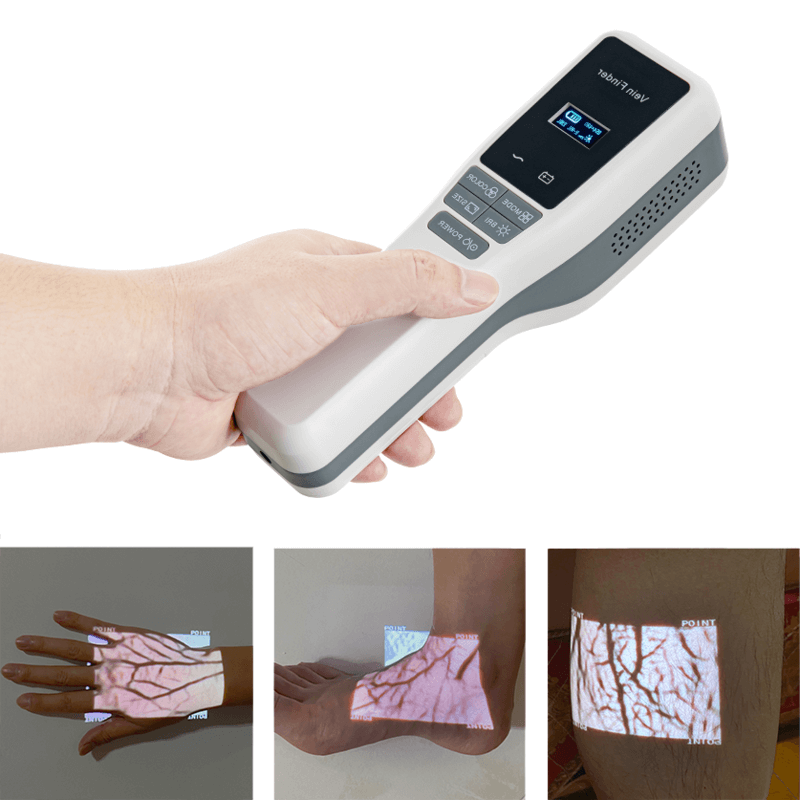
Ultrasound Vein Finders
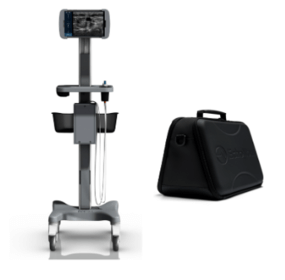
As mentioned previously, the
ultrasound vein finder uses doppler ultrasound technology to detect venous structures inside our bodies. This type of vein finder is comparatively larger in size so it will not offer portability.
It is only used when the veins are at least 6mm or deeper inside the skin. in addition, nurses only use this type of device for complex procedures like a peripherally inserted central catheter or PICC.
Another reason it is not used as much is perhaps due to its price. An ultrasound vein finder can cost up to $30,000. You will also need to spend at least $50-60 on supplies during each use.
This kind of vein finder is great for mapping out and assessing the thickness of the targeted vein.
Transillumination Vein Finders
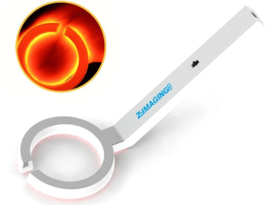
The
transillumination technology is comparatively newer in vein finders. This kind of vein viewer device uses bright LED lights. Allow me to explain how it works in simple words.
When the medical professional holds this device right on top of the targeted area, the device reflects bright LED lights which pass through the skin instantly. All the blood under the skin then absorbs the light.
Essentially transillumination technology works similarly to NIR or near-infrared technology. The only thing that makes these two different is the accuracy provided by each type. The accuracy provided by transillumination technology is not as high as you will receive from a NIR vein finder. However, these are comparatively cheaper and only costs up to $500.
So after seeing these three, which one would you like to buy? This quick comparison shows NIR vein finders are the better option here. Because;
●
Near-infrared vein finders provide accurate images of veins.
● Near-infrared light is completely safe to use around the eyes or in any sensitive areas.
● This type of vein finder can assist you in cosmetic surgeries and emergencies.
● Near-infrared vein, finders can penetrate 6mm or deeper into the skin and help you do all the complex medical procedures.
● Extremely lightweight and smaller body makes near-infrared vein finders a useful addition in the emergency room.
● Sure, near-infrared vein finders can be a little expensive. But if you pick the right device, one can last for a very long time.
Why Should You Buy HelloVein?
When we first started
HelloVein, we had only one goal in mind. We strived to reduce the hassle patients face every day in healthcare. Venepuncture is one of the most basic steps in healthcare, yet guesswork has an enormous part in it. The guesswork in puncturing a needle into a patient’s skin only hurts them. The medical professional will eventually get ready to puncture the patient for a second or a third time. But what about the patient? And let’s not forget about the patients who are scared of needles.
When we created the
Lite 2.0 Vein Finder, our purpose was to alleviate the pain and stress of venepuncture from the patient’s shoulder. After 7 years of creating and supplying the best vein finders made with cutting-edge technology, we can proudly say that we have fulfilled our goal.
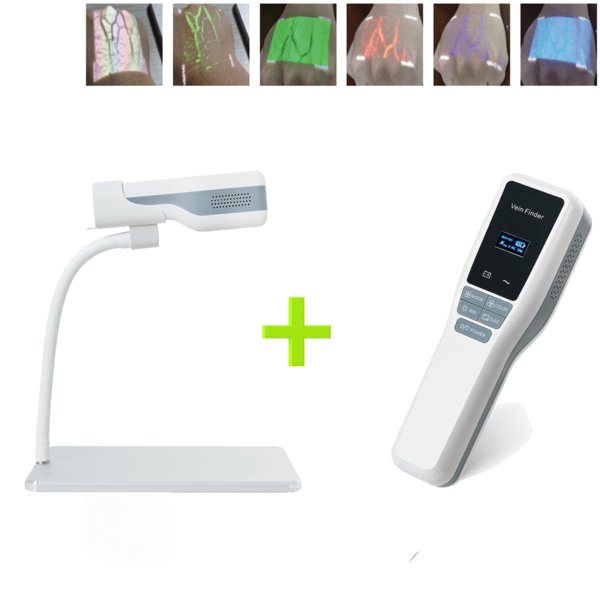
Lite 2.0 vein finders have been supplied to several clinics and hospitals spread throughout the world. We can proudly say that our vein finder devices will be a great addition to your hospital because Germany's TUV Rheinland has certified our products as being of ISO13485 quality.
Lite 2.0 Vein Finder has:● Improves first-stick success 92%.
● Near-infrared Tech - 100% safe and painless.
● Adjustable tabletop stand.
● Simple & effective vein finder machine.

Conclusion
Ultrasound vein finders are a good addition if you are always doing complex procedures. But why spend so much money on it when you can get a device at a much lesser price?
Hellovein Lite 2.0 vein finder essentially does all the work any ultrasound vein viewer device will do for you. The best part is it is much cheaper. And we are guaranteeing the comfort and precision it has to offer.







